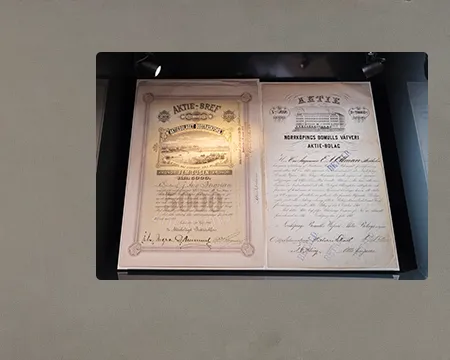The road to industrialisation
To keep starvation at bay. This was what most people did 200 years ago. A year of crop failure could result in families going hungry.
But new farming methods were introduced in the early 19th century, and the population increased. Inventions such as trains and steamers allowed food to be transported to areas where harvests had failed.
People who were no longer needed for farming could head for a new kind of workplace: factories. These produced huge quantities of goods quickly and cheaply. But the working conditions were rough, and the hours were long.
Over time, more and more people began to work for wages instead of growing their own food. Industrialisation had begun.




